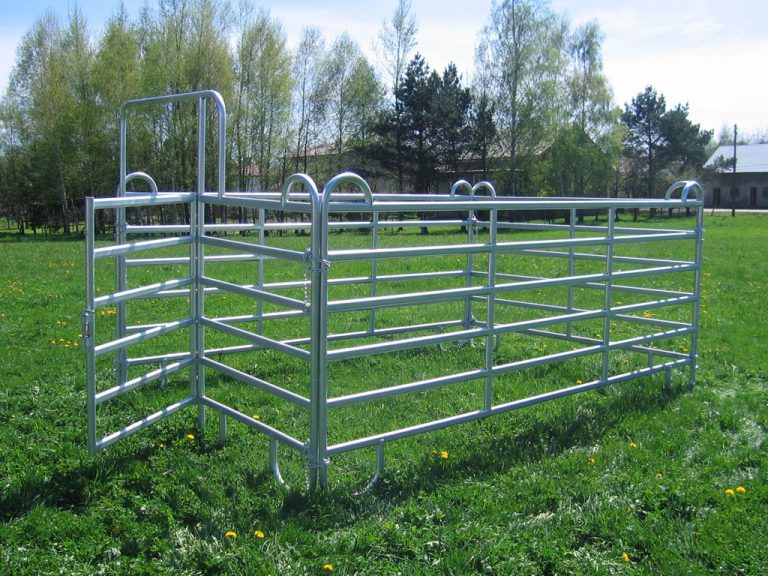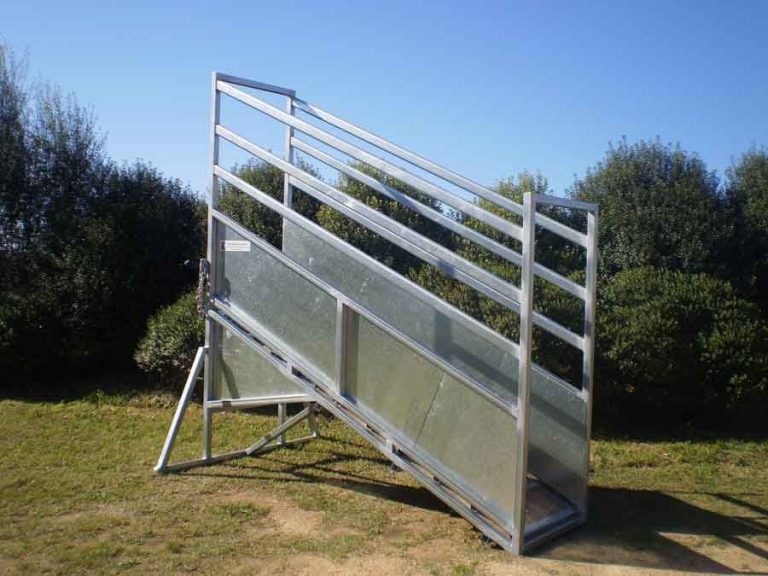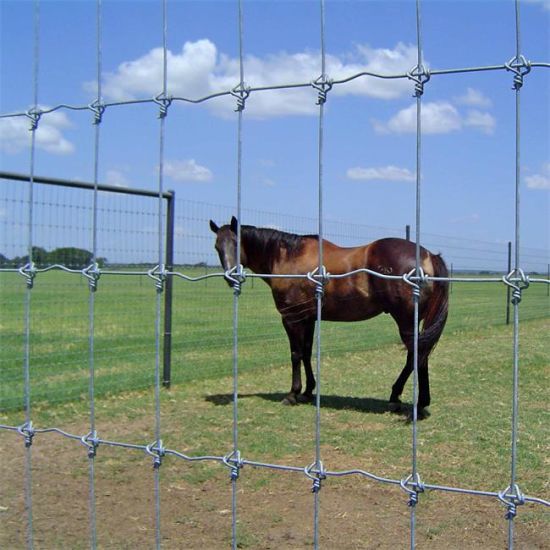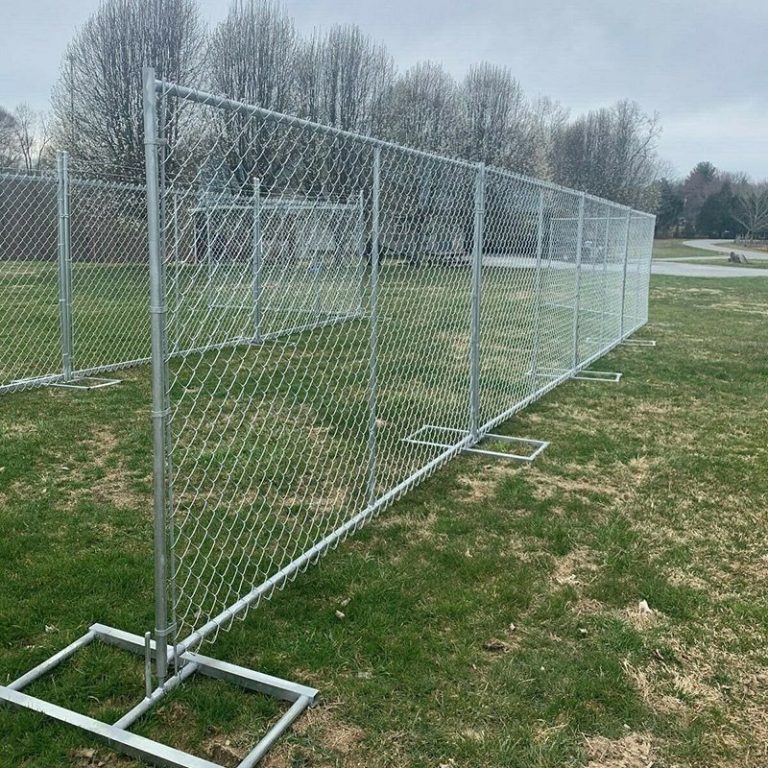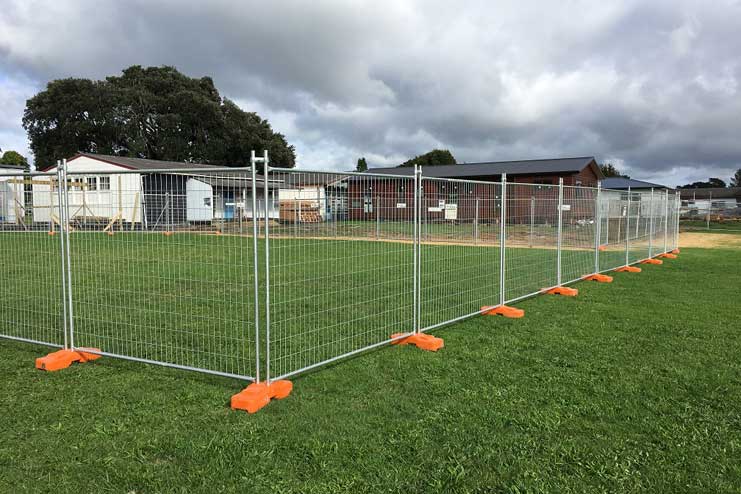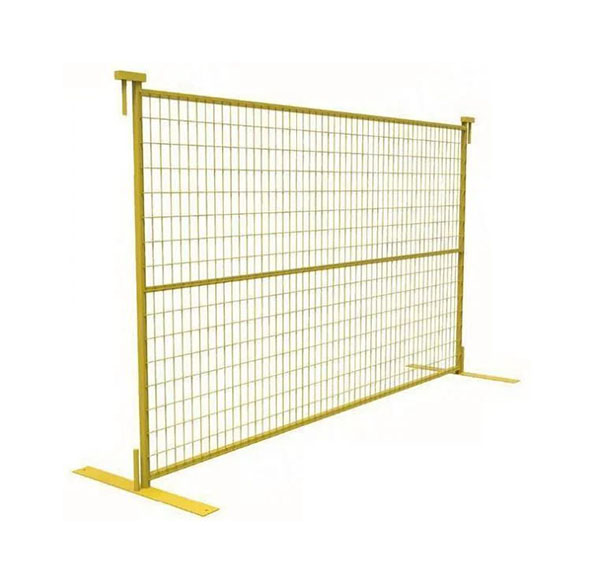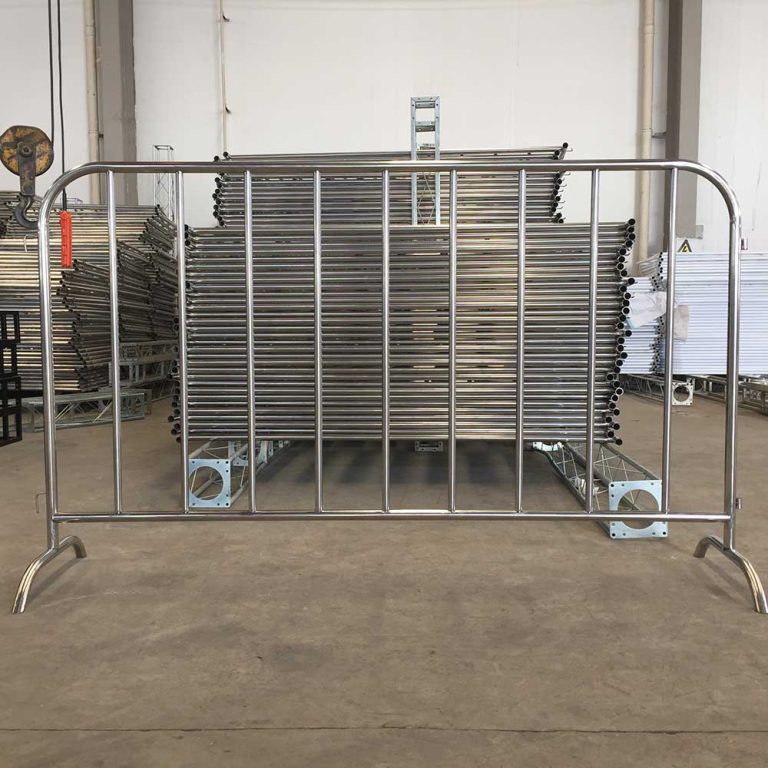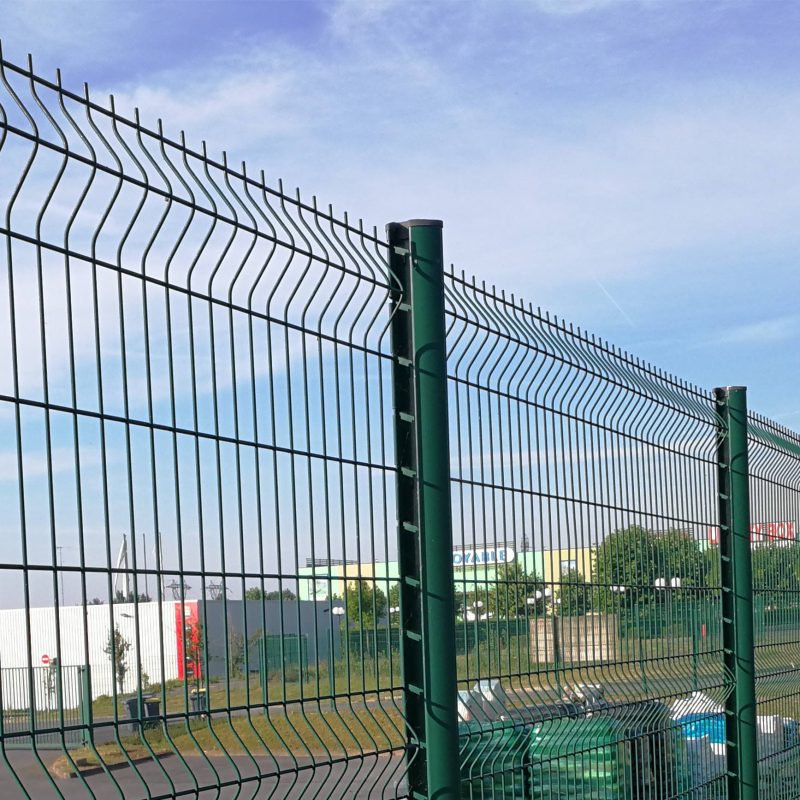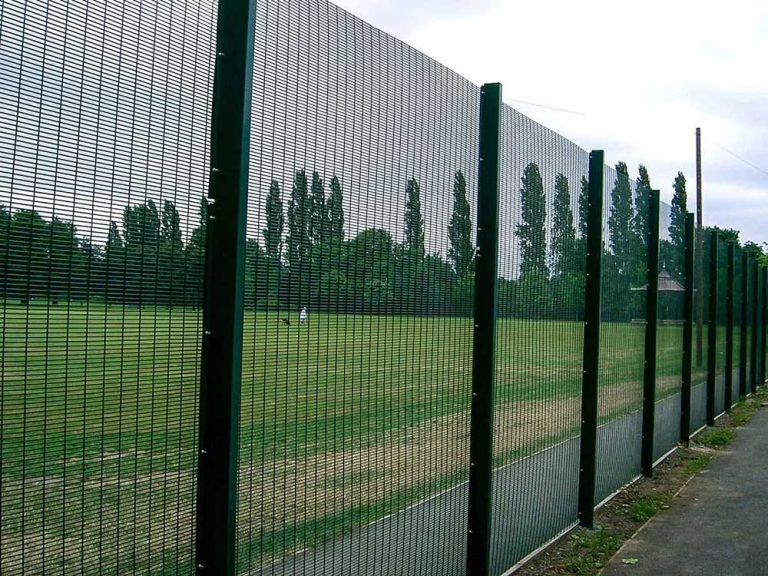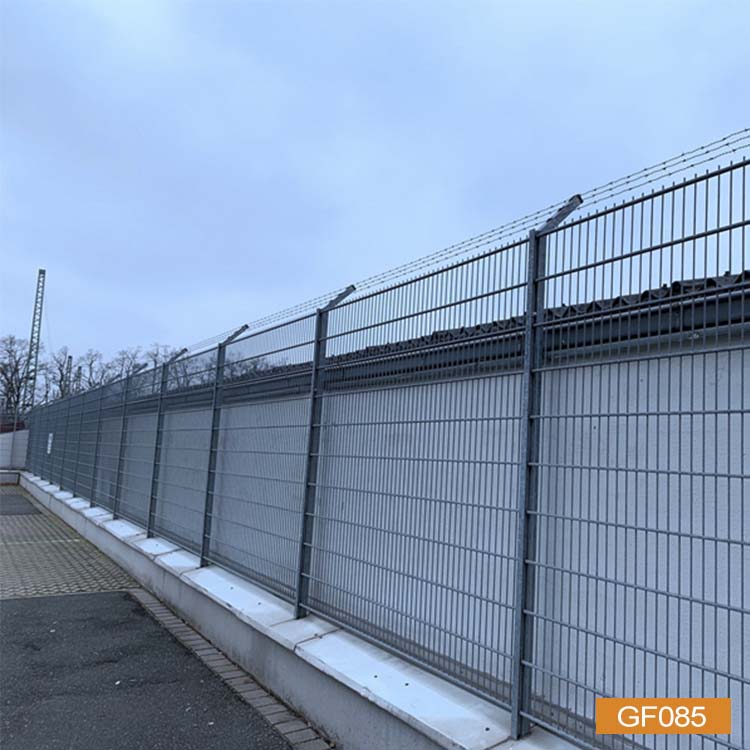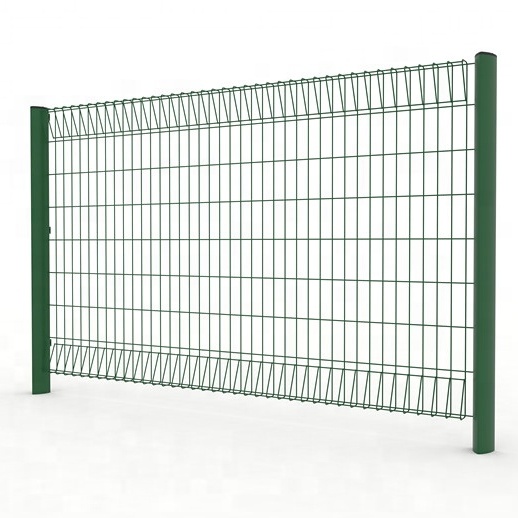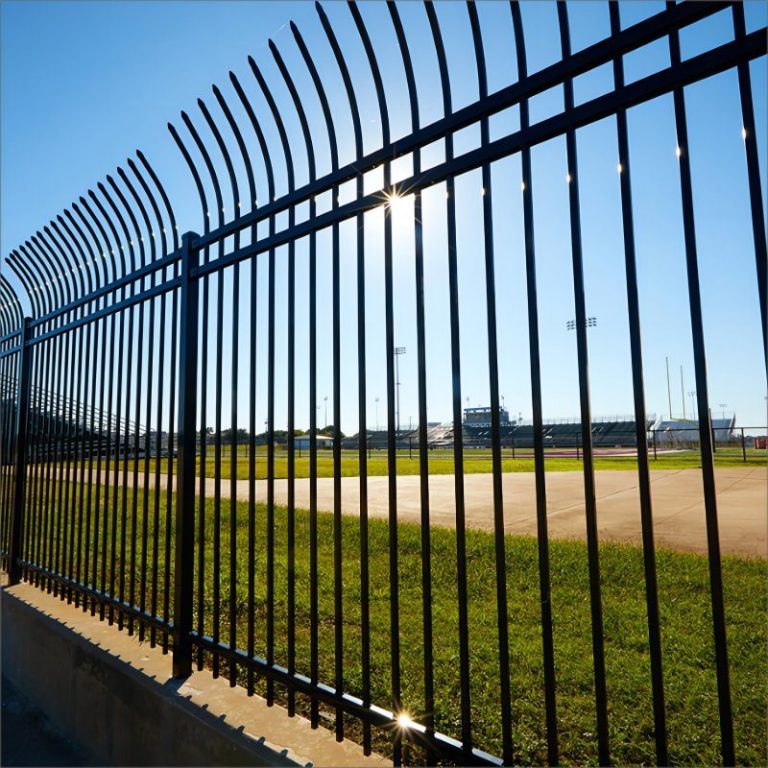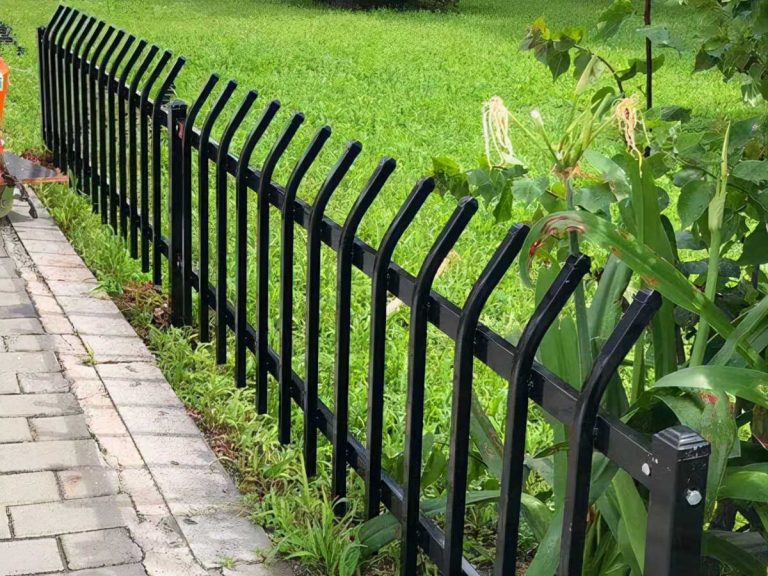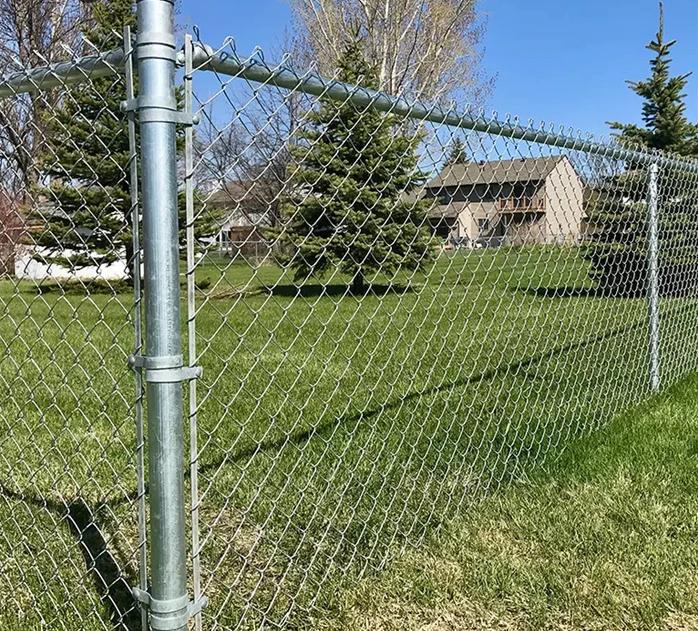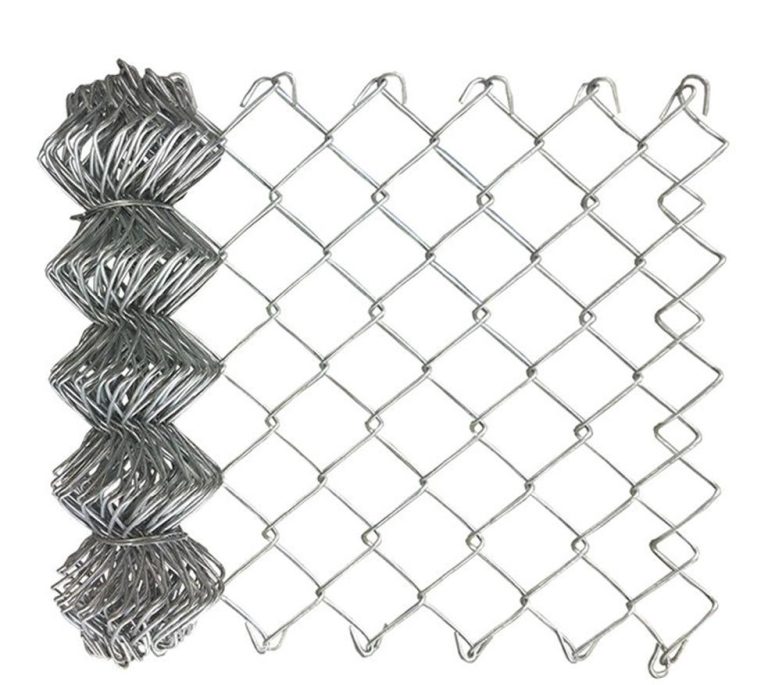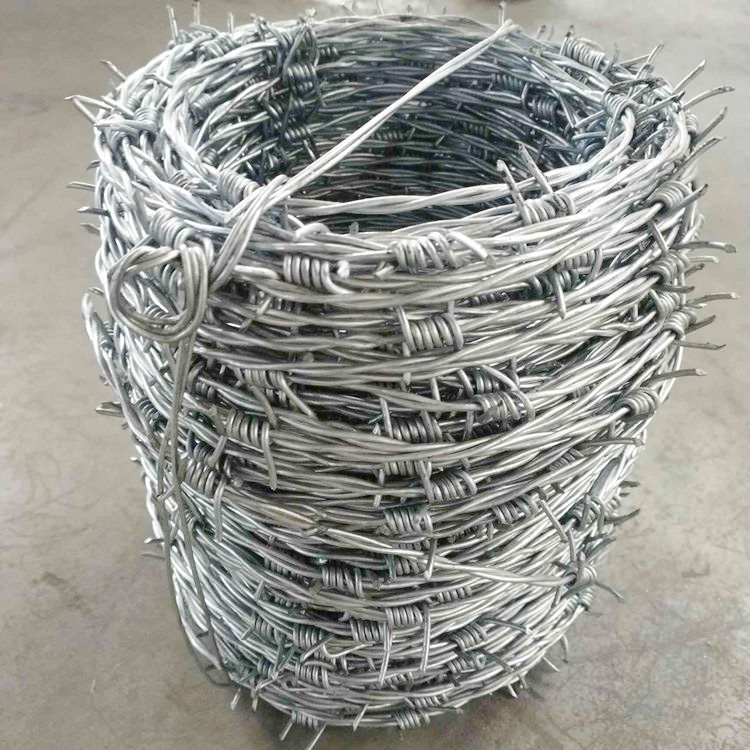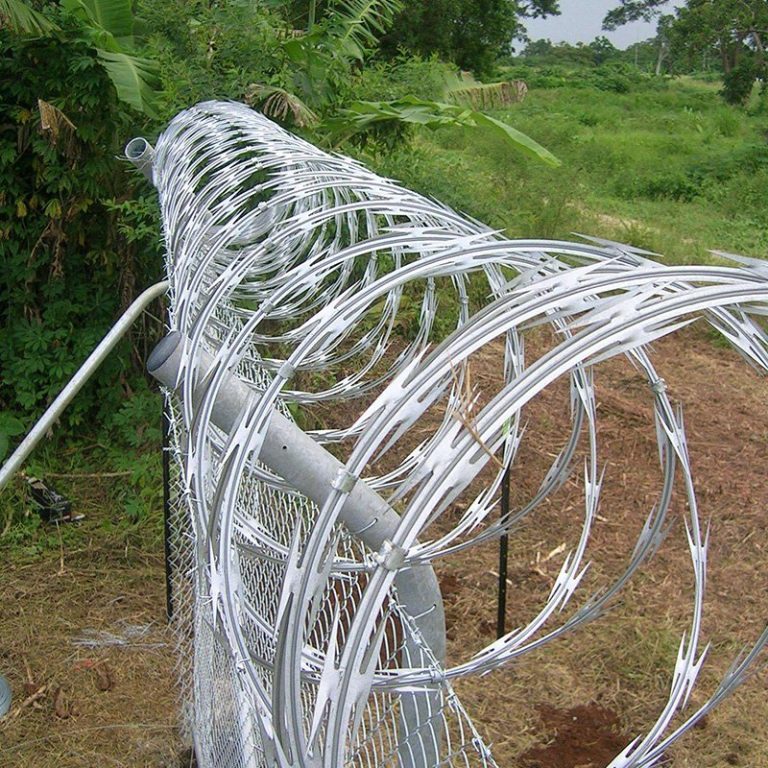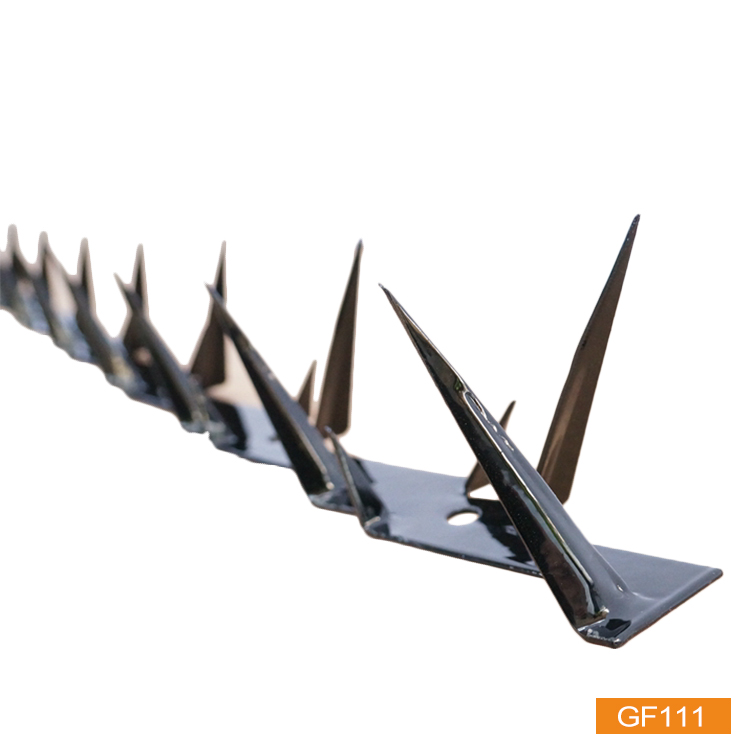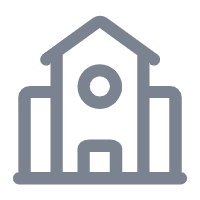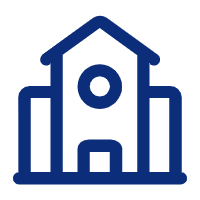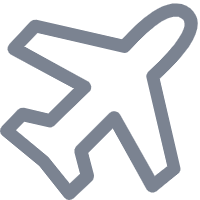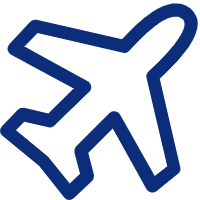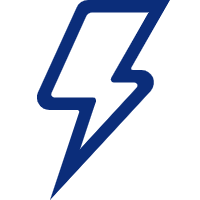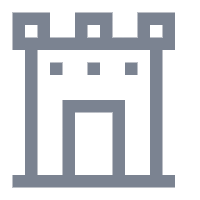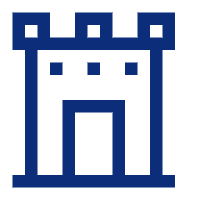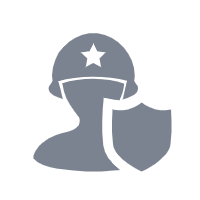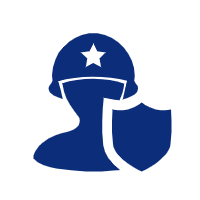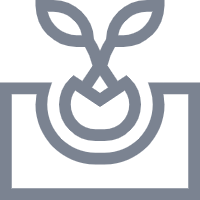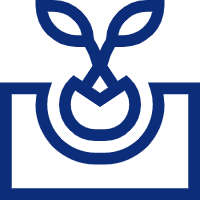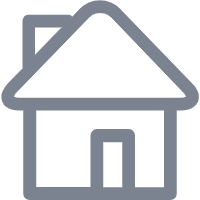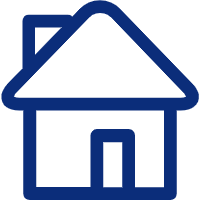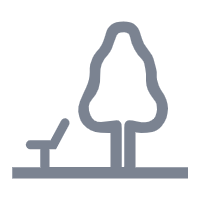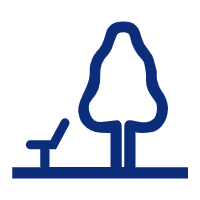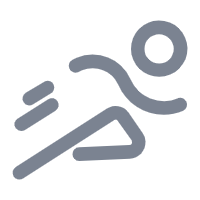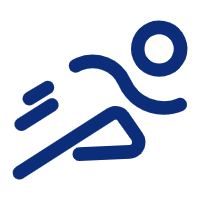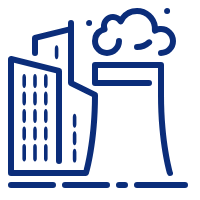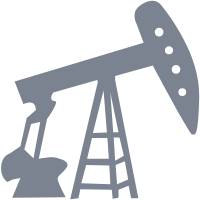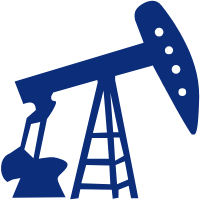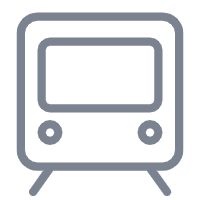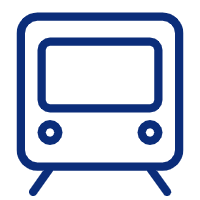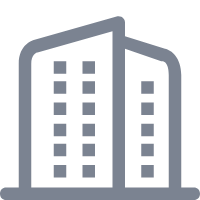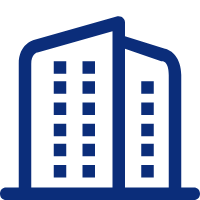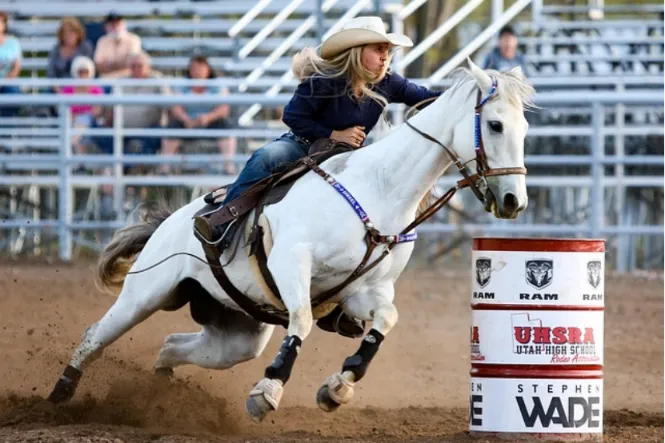
The Importance of Safe and Quiet Spaces for Horse Training
Horses notice everything around them, especially loud noises. A busy or unsafe place can make them nervous and mess up their training. A calm, protected spot helps them relax and learn better. It eases their worries and helps them work well with trainers. Experts say peaceful, controlled areas make horses behave better during training. They listen more and cooperate easily.
The Role of Cattle Panels in Horse Training
Cattle panels, sometimes called livestock panels, are made to handle rough farm life. They’re perfect for horse training areas. These panels use strong galvanized steel, which is solid and can be set up in different ways. You can get them in square, oval, or round rail shapes, so they fit all kinds of training spaces.
Unlike wooden fences that might split or need constant repairs, cattle panels are quick to put up and stay strong for years. Their design keeps horses safe inside without needing fixes all the time. With different sizes and easy to join pieces, they can make custom pens ideal for any training task.
Benefits of Using Cattle Panels in Horse Training Areas
Safety
Safety comes first in horse training. Horses can dart or spin suddenly during practice, which might hurt them if the fence isn’t strong. Cattle panels are made of high strength galvanized steel that can take these hits. They form a firm wall, cutting down the risk of harm to horses.
Comfort
Horses are gentle and feel things deeply. Their mood affects how well they train. Cattle panels help them feel safe in closed spaces. Their smooth surface avoids loud bangs or distractions, unlike wood or other materials. This makes a restful place, which is vital for keeping horses calm and ready to learn.
Durability
Cattle panels are built to last a long time. Their galvanized steel fights off rust and damage, so they stay tough for years. Whether you use them for a fixed or movable setup, they hold up well. They don’t need much care, saving farmers money on fixes or new panels over time.
Different Panel Types for Horse Training: Square, Round, and Oval Rails
Cattle panels have three rail types: square, round, and oval. Each one has its own benefits. Knowing these helps you choose the best for your training needs.
Square Rails
Square rails are solid and steady, great for building strong training pens. They’re good for places with lots of action, as their stiff design keeps horses safely inside.
Round Rails
Round rails are more open than square ones. They let in more air and let horses see better, so they don’t feel boxed in. This keeps them calm and at ease during training.
Oval Rails
Oval rails mix the toughness of square rails with the openness of round ones. Their shape avoids sharp corners that might hurt horses. Oval panels work well for lively training setups, giving both strength and care.
By choosing the right rail type, you can make a training space that suits your horses.
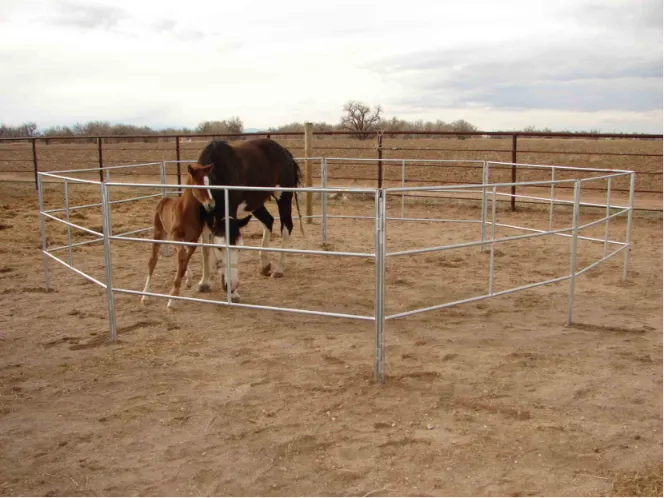
How to Install Cattle Panels in Horse Training Areas
Putting up cattle panels is simple but needs careful steps for safety and strength. Good setup keeps horses safe and makes panels last longer. Here’s an easy guide to build your training area.
Step by Step Guide to Setting Up Your Training Enclosure
Pick a flat, dry spot for the setup. Flat ground keeps panels steady. Then, mark where you want the panels to go. Next, set vertical posts at even spots along the marked line.
Join each panel by matching the posts with the panel hooks. Fasten them tightly with bolts. Ensure posts are deep in the ground so they don’t wobble. After all panels are up, check for loose spots or shaky posts before training starts.
Tools and Materials Needed for Efficient Installation
To put up cattle panels well, you’ll need these tools:
- Bolts, screws, or nails to lock panels in place
- Post driver or auger to dig post holes
- Wrench or socket set to tighten bolts
- Measuring tape to keep spacing even
- Level to make sure the ground is flat
Welded Parts: Ensuring Durability and Safety
Welded parts, like U lugs, L lugs, and rain caps, make panels strong and steady. The welds keep them tough and stop them from getting loose over time. These parts add extra safety, especially for big or active horses.
Enhancing Training Safety with Cattle Panels: Expert Tips
Using cattle panels in training is more than just setting up fences. It’s about making a safe, helpful space for horses.
Creating Safe Boundaries for Horses: Best Practices
Space panels right to prevent injuries. Make them tall enough to hold horses in but not so tall they feel trapped. Safe spacing and height depend on the horse, but giving them room to move freely keeps them safe and happy.
How to Reduce Noise and Distractions During Training
Less noise helps horses stay calm and focused. Cattle panels’ smooth design cuts down on loud sounds. To make it even quieter, wrap soft material around panel edges or add foam padding.
Maintaining Your Cattle Panels for Long Term Use
To keep cattle panels in good shape, check them often. Look for wear or damage, especially after heavy use. Tighten any loose bolts right away and replace broken panels quickly.
Tips for Protecting Panels from Weathering
To guard panels from bad weather, paint or coat them regularly. This stops rust and keeps them strong through rain, snow, or wind.
Repairing Damaged Panels: What to Do
If a panel is damaged, check how bad it is. Small dents or cracks can often be fixed with welding. For big issues, like a broken post, swapping out the panel is usually best.
Conclusion
For a safe, quiet, and strong horse training space, JiaHui’s cattle panels are a great choice. With their top quality steel, flexible designs, and helpful customer support, JiaHui offers the best fencing for training areas. Check our website or reach out today to learn more or get a custom solution.
FAQ
Q1: Are cattle panels strong enough for horses?
Yes, cattle panels are made for tough use and can handle horses during training. Their galvanized steel is stronger than wood fences and resists bumps.
Q2: Can cattle panels reduce stress for horses during training?
Yes, their design cuts down noise and sudden jolts, helping horses stay calm. The smooth surface and solid build make a peaceful space, easing stress.
Q3: How do I choose the right type of cattle panel for my horse training needs?
It depends on your training space, number of horses, and training style. Round rails are good for open areas, square rails suit active setups, and oval rails balance strength and comfort.
Q4: How long do cattle panels last?
With regular care, cattle panels can last many years. Their galvanized coating fights rust and weathering, keeping them sturdy for a long time.

